For the Thai ethnic group, for a long time, the "dieu xap" has been indispensable in community activities. The "dieu xap" is closely associated with traditional culture and has great significance in the spiritual life of the Thai ethnic group.

The art troupe of the Pan Village Elderly Association, Chieng Ly Commune, Thuan Chau District practices singing Thai folk songs. Photo: PV
In Thai, "thao" means to sing. Ly "thao" are words arranged in rhyme and rhythm like verses. The main form is five-word, six-word, seven-word or more poetry. The White Thai branch (tay don, tay khao), or the Black Thai branch (tay dam) have different "thao" styles, expressions, and accents; the "thao" melodies can begin with "ha...oi", "xai panh ha oi", "ha oi panh oi", "oi vo panh a panh oi"... but in general, they all reflect content about people's lives, about the process of labor production, entertainment and in religious rituals...
When they are born, Thai babies hear a gentle, deep lullaby (khap ú luk non). In adolescence, they participate in games combined with cheerful nursery rhymes (khap lech noi). In adulthood, there are love songs for boys and girls or singing for fun (khap bao sao). When building a family, there is antiphonal singing in wedding ceremonies (khap au paú, au khuị); building a house, there is a song asking to go to the new house (khap chom mang huon maư). In rituals, there is khap xen, in production activities, there is singing in the fields, in the fields, singing in the rain-praying ceremony, praying for a bountiful harvest (khap loong tong)...
In the Thai folk song treasury, there are also the "Xap Su" tunes, the way of singing and telling stories of the Muong people in verse, telling stories of the fathers' and ancestors' journeys of war (Tay Pu Soc), stories of couples, fairy tales, the story of Ca Dong - Cam Lau, Y Noi Nang Xua, Khun Lu nang Ua (Lu and Ua), Xong chu xon xao (farewell to a lover), Tan chu xong xuong (love feelings)... With this tune, you can sing from the beginning to the end of a poem or a long story, while singing, you are allowed to add some lingering notes, the rhythm can sometimes be free, faster or slower than the main tune to suit the content of the poem.
The love song between young men and women (everywhere in the newspaper) is often sung during parties, on New Year's Eve, during festivals and also during the season when young men and women express their love and exchange love. Usually, one side, the man and one side, the woman, sing in response to each other. When one side finishes, the other side responds in turn, from greetings, introductions, family background, expressing feelings to farewells, all in a very good and skillful way. If both sides improvise well, the singing will be like a continuous flow, without interruption, especially when "heart" meets "heart", the singing will last all night long.
In addition, nursery rhymes are also taught by the previous generation to Thai ethnic children, often associated with childhood memories. Nursery rhymes often only have rhymes, do not have a consistent meaning throughout a song, but are deeply ingrained in each person's subconscious, helping people love nature and their homeland more.
To preserve and promote Thai folk songs, in recent years, all levels and sectors in the province have researched, collected and systematized documents on traditional folk songs of ethnic groups; honored and rewarded artisans; advised the Provincial People's Committee to issue policies to support and maintain the activities of Then singing, Tinh lute and Thai folk song clubs, typically: Thai folk song club, Bong village, Chieng Pan commune, Yen Chau district; Thai folk song club, Nghe Toong village, Muong Giang commune, Quynh Nhai district; Thai folk song club, Quang Huy commune, Phu Yen district...
Established in 2014, the Thai folk song club in Quang Huy commune, Phu Yen district, has 13 members. Mr. Hoang Quach Cau, Club Chairman, informed: Not only do they practice regularly, the members also collect and teach folk songs to the next generation. At the same time, they build programs to serve holidays and New Year, and participate in local festivals and art performances.
Not only knowing how to sing Thai folk songs, the excellent artisan Cam Vui, from It Ong town, Muong La district, also makes a number of traditional musical instruments, such as Si slo, Pi Pap, Pi tam lay... Mr. Vui shared: Ever since I was a child, I have listened to my grandparents sing Thai folk songs. Nowadays, ancient Thai folk songs are gradually fading away, so I have collected, composed and written lyrics for over 350 Thai folk songs, with the hope that they will be welcomed by many people.
Thai ethnic folk culture is rich in content and diverse in genres. In that treasure, folk songs hold a central position. Despite many changes in modern life, the Thai ethnic group still preserves and promotes traditional folk songs, contributing to enriching the spiritual and cultural life of the people.



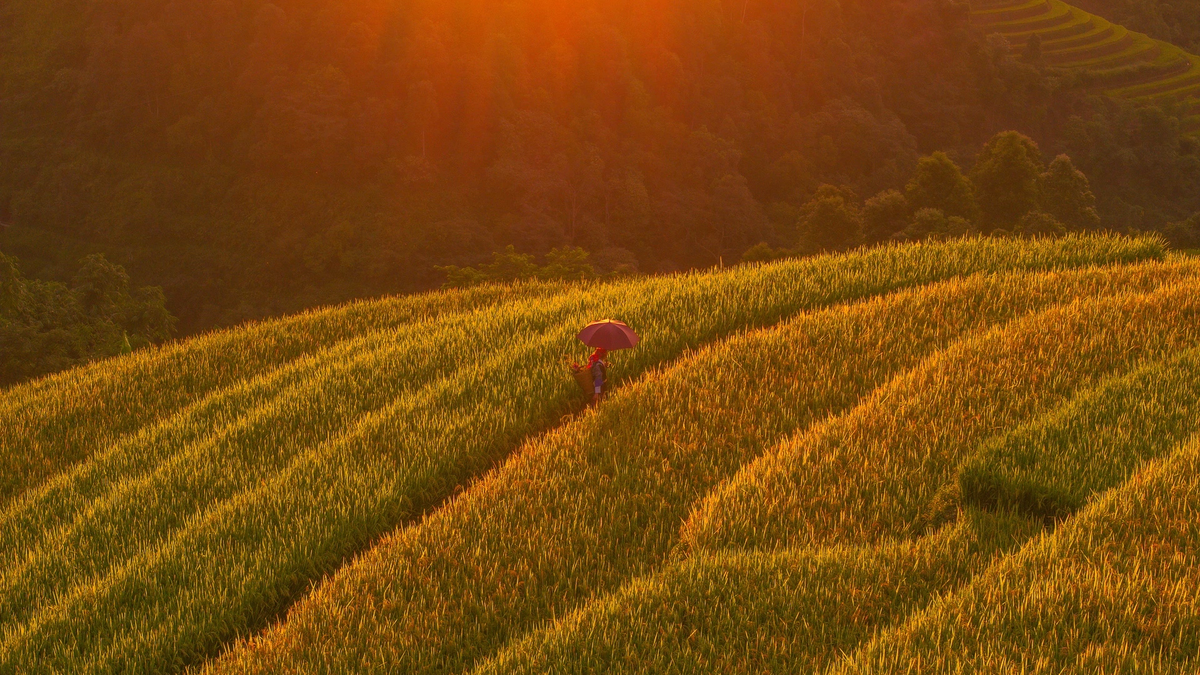
![[Photo] Prime Minister Pham Minh Chinh chaired a meeting of the Steering Committee on the arrangement of public service units under ministries, branches and localities.](https://vphoto.vietnam.vn/thumb/1200x675/vietnam/resource/IMAGE/2025/10/06/1759767137532_dsc-8743-jpg.webp)
![[Photo] Prime Minister Pham Minh Chinh chairs a meeting of the Government Standing Committee to remove obstacles for projects.](https://vphoto.vietnam.vn/thumb/1200x675/vietnam/resource/IMAGE/2025/10/06/1759768638313_dsc-9023-jpg.webp)

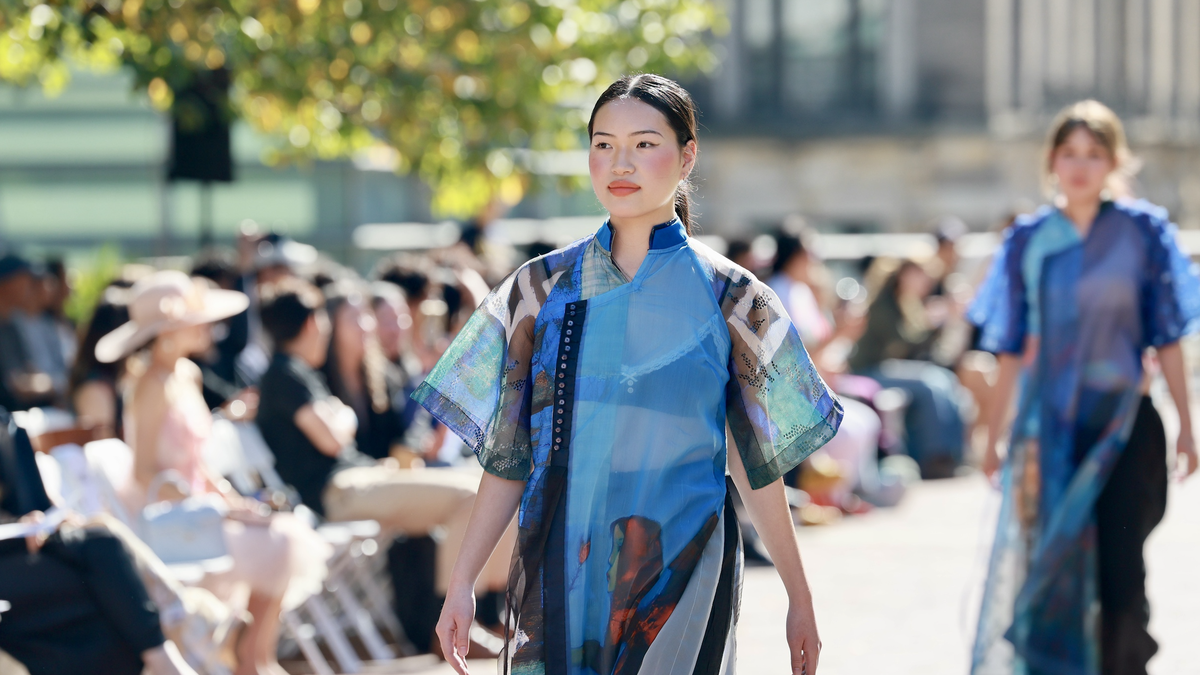

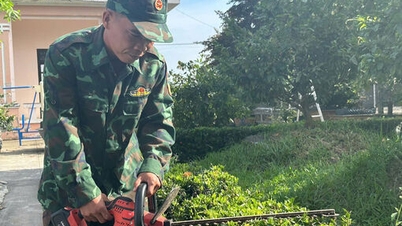

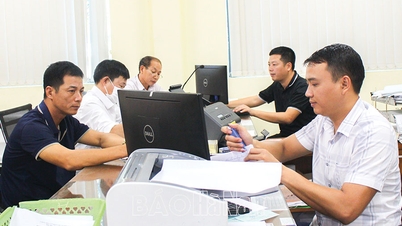


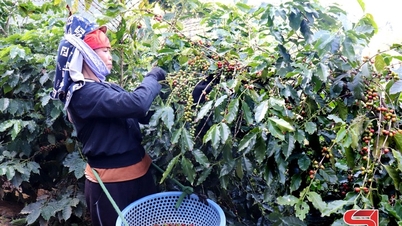

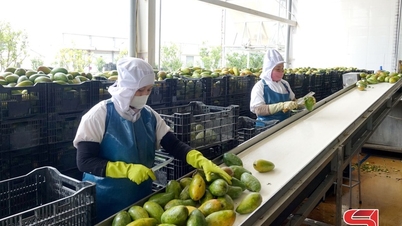
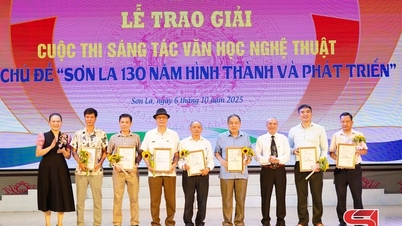

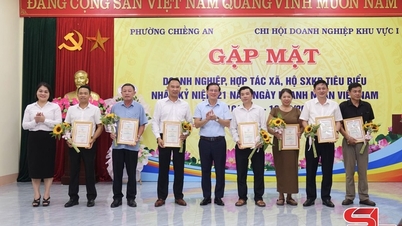
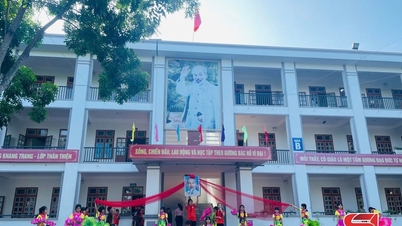
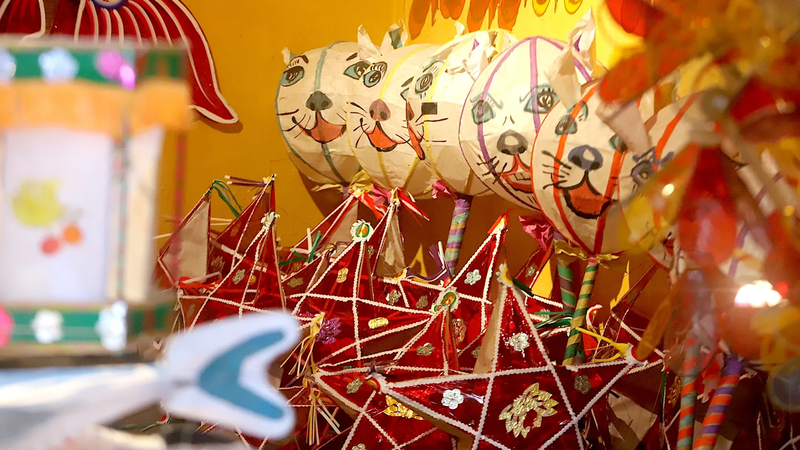
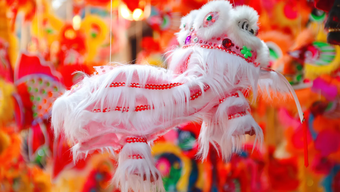




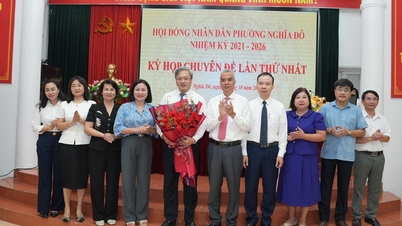
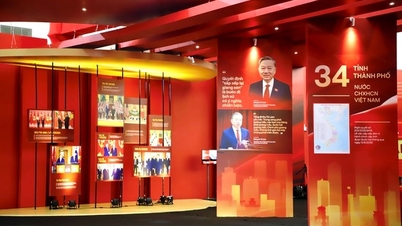

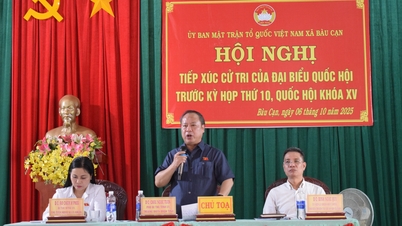
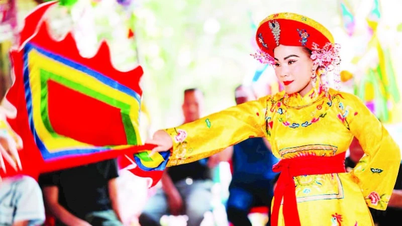

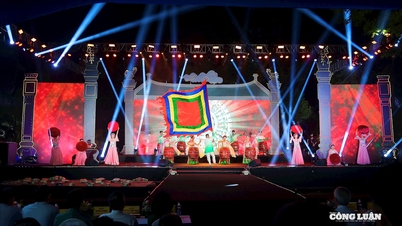

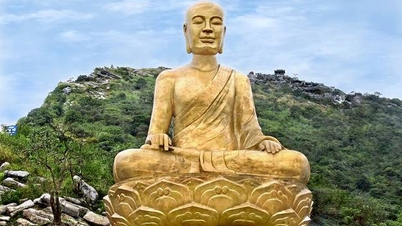

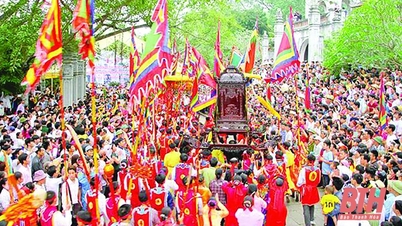

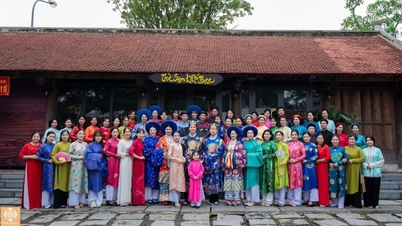

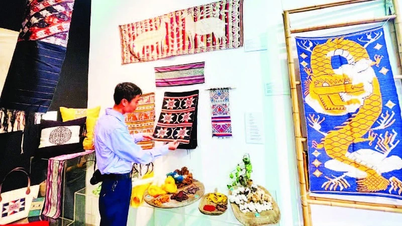
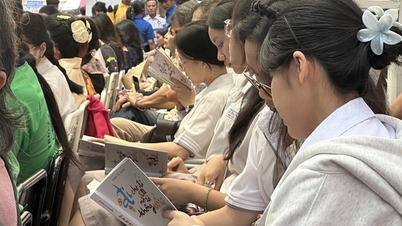

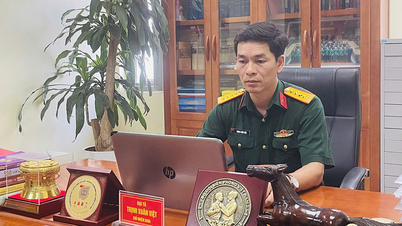

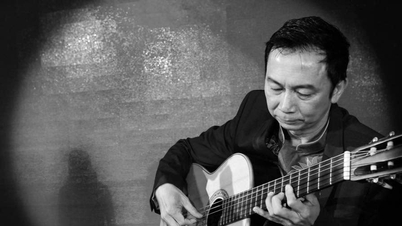



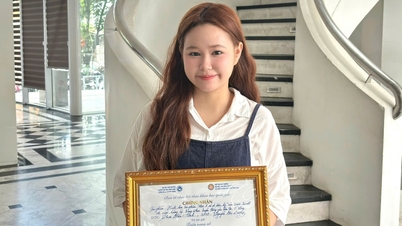

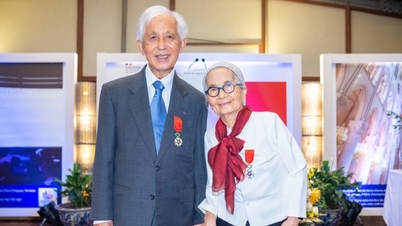




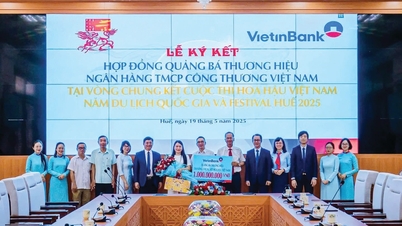
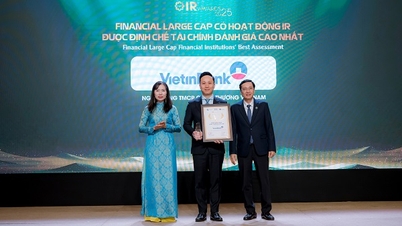
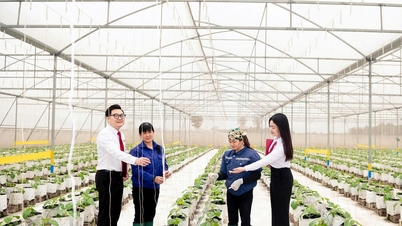

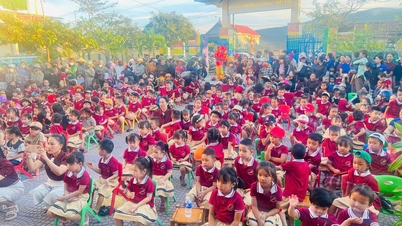








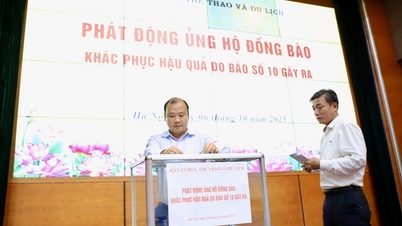



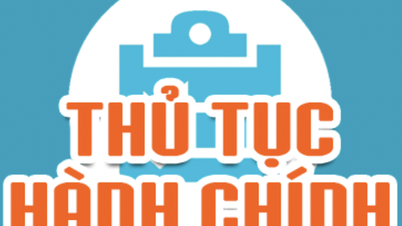
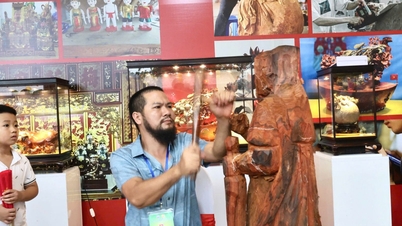










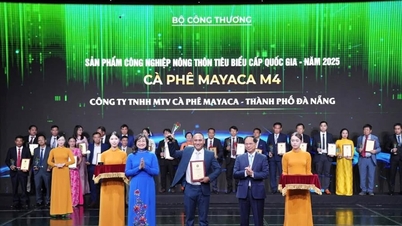

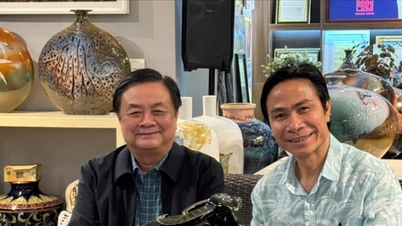

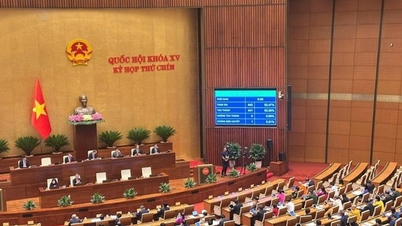






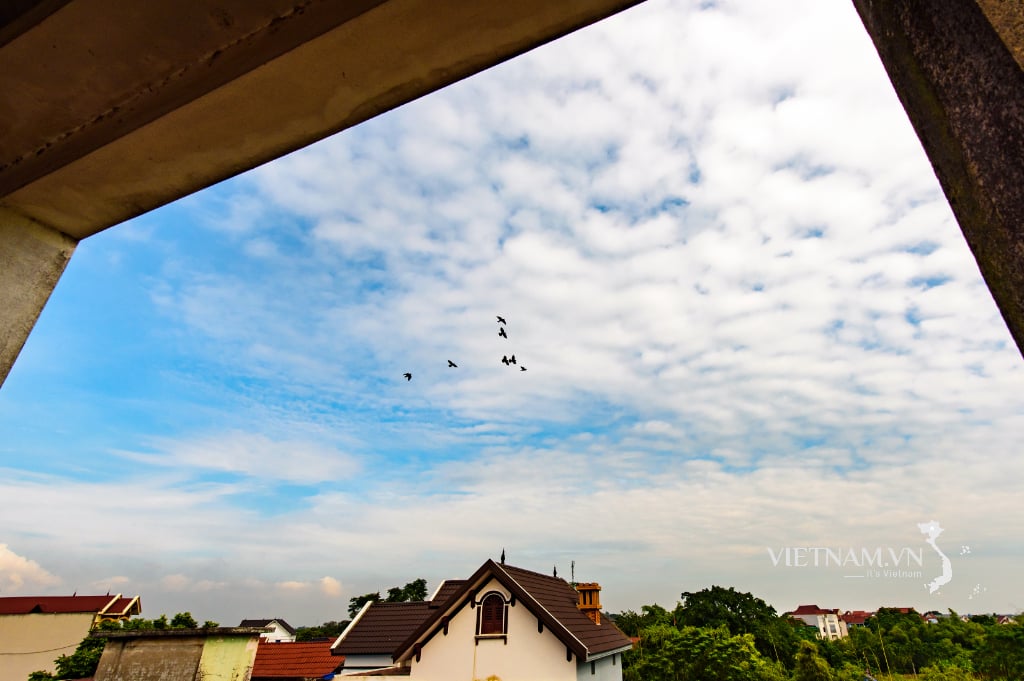
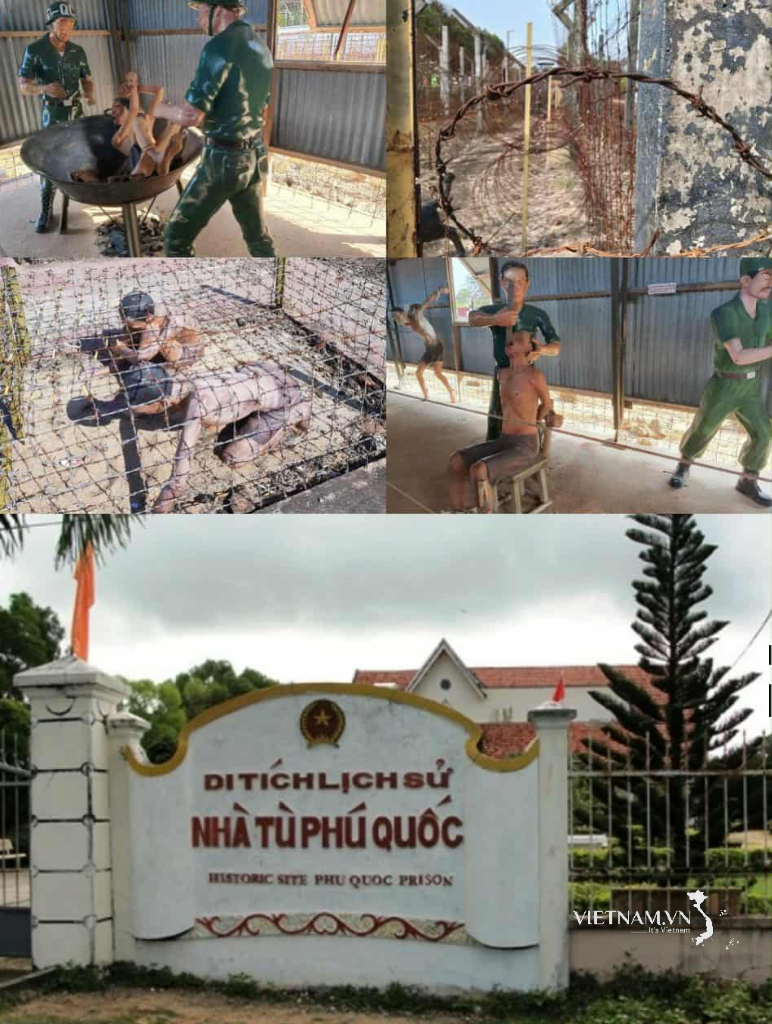

Comment (0)